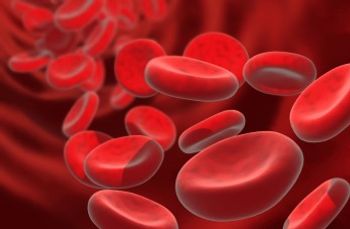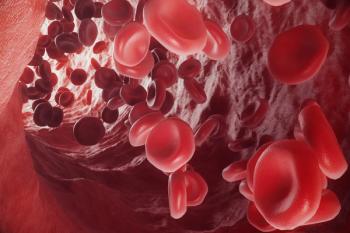
- ONCOLOGY Vol 10 No 9
- Volume 10
- Issue 9
BOOK REVIEW: Leukemia
This text, originally published as Dameshek and Gunz's textbook Leukemia (1958), is now edited by an international team consisting of Dr. Henderson, Dr. Lister, and Dr. Greaves. This continues to be an outstanding text in its field, covering virtually all aspects of the acute and chronic leukemias.
This text, originally published as Dameshek and Gunz's textbookLeukemia (1958), is now edited by an international teamconsisting of Dr. Henderson, Dr. Lister, and Dr. Greaves. Thiscontinues to be an outstanding text in its field, covering virtuallyall aspects of the acute and chronic leukemias.
Written for the most part for the practicing oncologist, the bookis well organized, with a well-placed emphasis on the scientificand epidemiologic aspects of these diseases. The chapter on chemicalsand leukemia provides an exceptionally good review of this particulartopic.
As noted by Mel Greaves in his chapter, "The New Biologyof Leukemia," the degree of molecular diversity in thesediseases is just beginning to be understood. With this in mind,it is somewhat disappointing to note, in this otherwise robusttext, some thin areas that deal with important molecular discoveries.Specifically, the role of differentiation therapy with retinoidsin the treatment of acute promeylocytic leukemia and its relationshipto t(15;17) is given only a few paragraphs; this is indeed shortshrift for one of the most intriguing discoveries made in thetreatment of acute leukemia. A more comprehensive descriptionof t(9;22) also should be provided. Similarly, the role of interferon-alfain chronic myelegenous leukemia is only briefly reviewed, eventhough this is perhaps one of the few advances that has been madein this disease, albeit for only a proportion of patients.
Despite these few deficiencies, however, Leukemia remainsan excellent reference source on these malignancies.
Articles in this issue
about 29 years ago
Antisense Gene Therapy Trials Underway in Patients With CMLover 29 years ago
Most Terminal AIDS Patients Want to Be Revived if Their Heart Stopsover 29 years ago
Disease Management: State of the Art in Pancreatic Cancerover 29 years ago
How to Better Communicate Cancer Risk to Patientsover 29 years ago
Gemcitabine Shows Promise as Combination Agent in NSCLCover 29 years ago
Data Review Shows Fruits and Vegetables Can Block Major CancersNewsletter
Stay up to date on recent advances in the multidisciplinary approach to cancer.

















































































